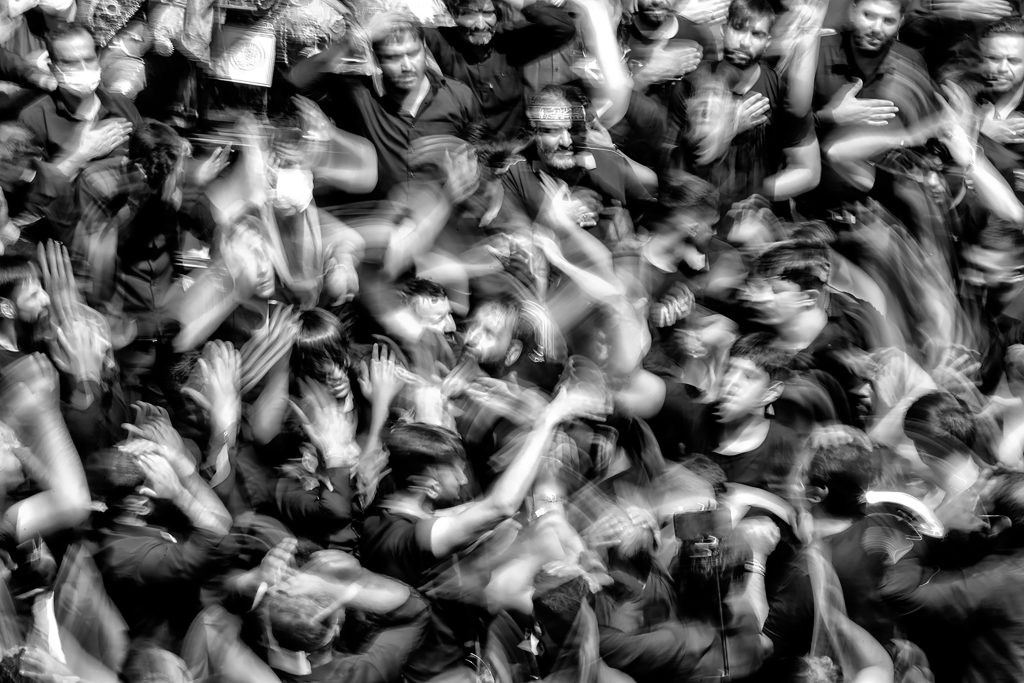Inclusion is essential approach to break down structural hierarchies of gender, caste, class, color, ableism, language, and so on. As an academic, I have often observed in a teaching space, how wonderful and relevant it can be.
As a historian, teaching at the undergraduate level, however, the conversation around inclusion is more tricky. The narratives that one is exposed to with friends or extended family, shape the way we look at things.
Education, however, equips one with critical thinking that makes you question and unlearn a lot of it. The popular way of looking at inclusion, especially by the most represented groups, does not prioritise it.
Let us start by looking at women’s only train coaches or buses with seats reserved for women. A lot of my friends and students have raised their concern if these initiatives are the opposite of inclusion. Women’s presence in public spaces is not only much less as compared to men, it diminishes as evening approaches.
Feminist poets have often raised this issue. They romanticised the idea of women simply being out at dawn or after dark. Doesn’t women’s work, their will, or even rights as an equal citizen entitle her to be in public spaces? As and when she would like to be? I am speaking of beyond gender roles. I am speaking about why women have to negotiate so much to be themselves in public.
A very interesting initiative was started by Dr. Shilpa Phadke. This turned into a book titled Why Loiter: Women and Risk on Mumbai Streets. It was written by her, Sameera Khan and Shilpa Ranade. Making a case for making public space more inclusive for women, their work moves ‘from a focus on the right to safety as citizens to demanding the right to engage risk and partake pleasures of the city through loitering.’
The women-only public transport is not new. In fact, it has been a part of women’s experience, especially working women, traveling more regularly from the last century. The reserved seats for women, also served the same purpose, state ensuring women physical safety, by marking a space for them even in a crowded bus.
As a child, traveling with my working mother, I often saw my mother ask for the reserved seat for herself and for other women. As a college student, women’s university special buses were also helped. Although, I have heard women being mocked for asking for seats reserved for them, as defeating the purpose.
In fact, the concept of priority seat is there in other countries too, in fact, it is a marker of recognising inequalities and enabling all citizens to access public transport. Then how is it that something that’s basic to bring about inclusion, becomes a joke in public conversations?
Do public conversations or popular humor rests on the insecurities of dominant groups, hinting at the ‘dangers’ of sharing their privileges?
Gender of course brings another dimension to it. Similarly, the conversation and stereotypes about women-only colleges come to mind. As a young student, it never occurred to me what important spaces of inclusion they could be.
However, as faculty I have realised what great leveler they can be. A number of women get regular college education because there are women-only colleges. Many young women are able to unlearn and get into a new mold of thinking once they join such spaces.
Through conversation, participation and a general atmosphere where gender roles are often negated and questioned, women-only educational institutions carry forward the task of inclusion.
The question of how such spaces prepare women for the outside world is natural. But women-only colleges, reserved seats in buses, and a non-hostile public space, as well as gaze, go a long way to make our world more gender-inclusive. These may seem like small steps, but their impact on the lives of women, who have come out of their personal space to public space, is tremendous.
It is only by keeping an open mind, this inclusiveness in the long run will end up creating public spaces, where women do not fear anything.


